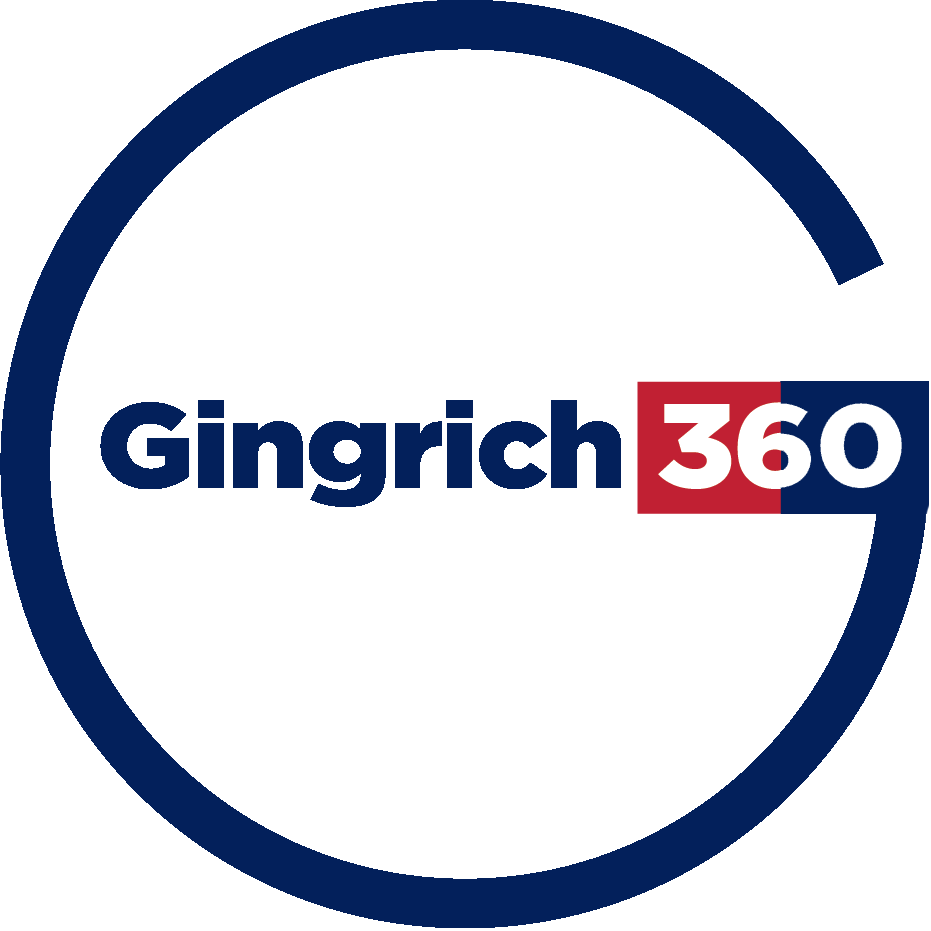By Newt Gingrich
This Friday, ZooMontana will reopen in Billings, Montana.
This small event by a small zoo (the only one in Montana) is symbolic of America beginning a great experiment in managing the coronavirus while reopening society.
Since most of the zoo is outdoors, visitors can socially distance themselves and minimize the threat of spreading the virus.
This decision for Billings, which has a population of 109,000, will not work everywhere. A similar hypothetical decision to reopen the Central Park Zoo in the middle of Manhattan would be disastrous. The Manhattan population is more than 1.6 million, while New York City’s is nearly 8.4 million. What works in one place may not work in another.
In fact, the entire state of Montana (147,040 square miles) has a population of just over 1 million. This is less than the island of Manhattan’s population, which is 22.7 square miles.
Montana has had 442 cases of coronavirus and 14 deaths, with 13 people hospitalized as of Wednesday. New York City has had 146,000 confirmed cases, with 11,267 deaths.
Clearly, a policy which makes sense for Montana would be a nightmare in New York City. However, the initial one-size-fits-all approach to shutting down America was as inappropriate for Montana as reopening would be for New York City. America is a huge country, and there are many different characteristics depending on where you are and what you are doing.
Montana’s ability to make a local decision based on local circumstances is a tribute to President Trump’s move to decentralize the reopening process to the states and their governors. Having a Washington bureaucrat decide when every zoo in America could open would be an invitation to calamity. The same would be true if Washington bureaucrats had the power to decide for every restaurant, bowling alley, and beauty shop.
As Christopher DeMuth pointed out in a brilliant article in The Wall Street Journal entitled “Trump Rewrites the Book on Emergencies:”
“Washington’s response to the COVID-19 pandemic is upending one of the most durable patterns of American politics. Throughout history, national emergencies have led to a more powerful and centralized federal government and to the transfer of federal power from Congress to the executive branch. This time, the federal response rests largely on state and local government and private enterprise, with a wave of deregulation clearing the way. The Trump administration has seized no new powers, and Congress has stayed energetically in the game.”
DeMuth went on to note, “as soon as the magnitude of the epidemic was grasped, it was managed and subdued through vigorous localism, private enterprise and professional dedication, with the federal government providing essential national leadership but staying within its constitutional rails….Diversified centers of authority and initiative aren’t luxuries. They are the keys to resilience in the face of emergencies large and small.”
Some states will reopen cleverly and with minimum problems. Other states will reopen clumsily – and have more health problems. Yet other states will try to avoid reopening while they suffer growing societal and economic pain. The contrast between the successful states and the locked down states will bring enormous pressure on governors who are slower to reopen their communities.
Ideally, a clearinghouse will be developed for best practices at the state and local levels. This same clearinghouse can also keep track of worst practices, which may be even more important to our awareness.
Even though there is real risk involved in beginning to reopen America, we have no choice. We cannot be frozen for months by the threat of the virus. Our society and economy will collapse, our people will grow ungovernable, and our capacity to work and innovate will be shattered.
Furthermore, if the experts are right about a potential second wave of the virus in the fall, it is vital that we learn to manage it through containment rather than risk a second round of closing everything. Dr. Anthony Fauci made the threat clear recently when he said, “we will have coronavirus in the fall. I am convinced of that because of the degree [of] transmissibility that it has, the global nature. What happens with that will depend on how we are able to contain it when it occurs.”
By this fall, we must have new therapies, tests, and abilities to contain the virus and track infected people without halting society again.
As we look around the country, we begin to see glimmers of hope. The president has announced US National Parks will be reopened.
As Berman and Company has reported, different states are startling to move partway toward reopening. They cite Alabama, Georgia, Montana, and Oklahoma as states that have outlined plans to reopen restaurants in the next ten days.
Inch by inch, we will learn how to rebuild society while reducing the threat of the pandemic. President Trump’s decision to place the governor’s in charge of reopening will prove to be one of the most important decisions of his presidency.

